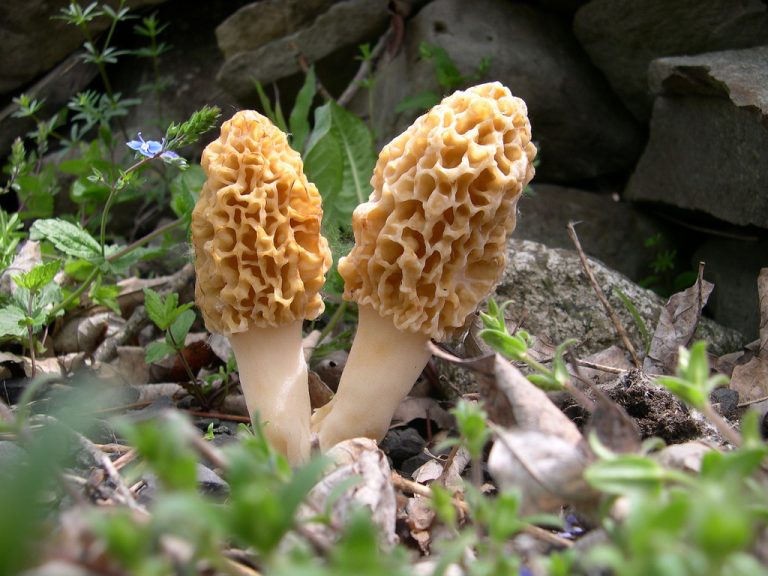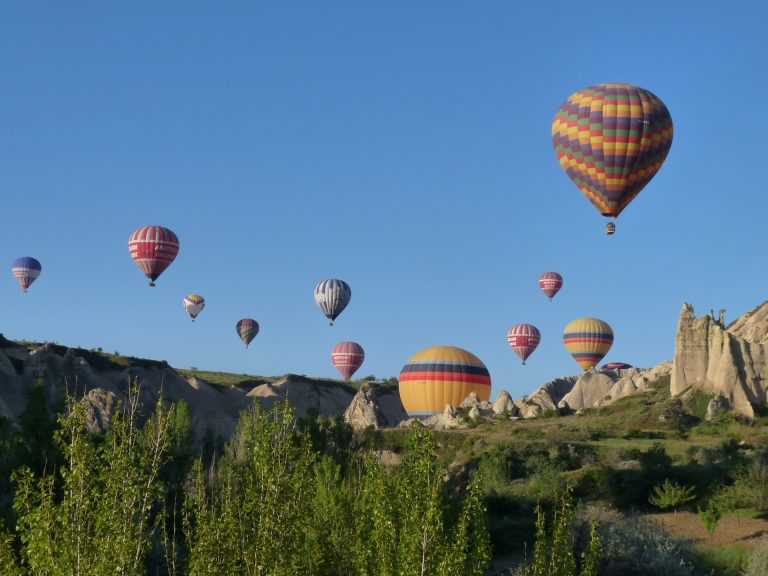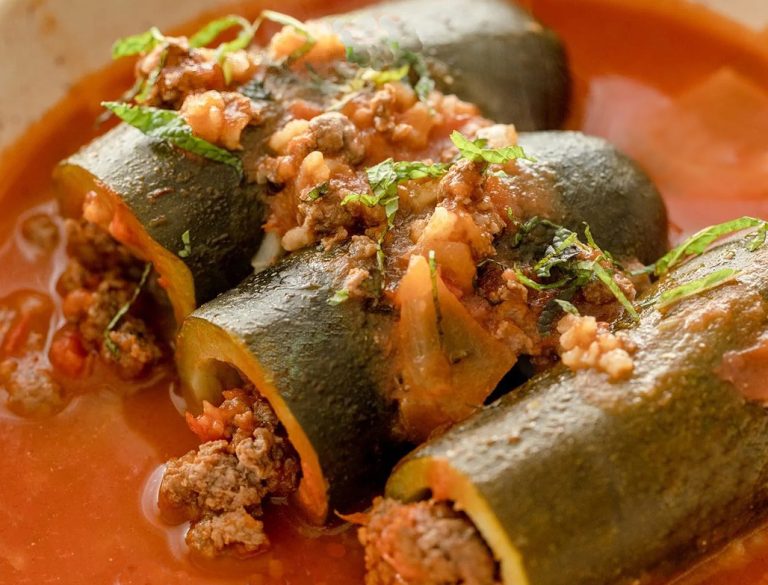Although coffee has its roots in Ethiopia, this popular drink has evolved differently around the world. In particular, the unique Italian coffee culture, shaped over the centuries, has become an icon of the Italian way of life.
In this Mediterranean country, daily life is defined by coffee rituals. Milky coffee is enjoyed in the early hours of the day, while dark, rich coffee is the beverage of choice in the afternoon or after meals. For Italians, the pleasure of drinking coffee goes beyond the taste. They pay special attention to its preparation, the selection of blends, and the joy of drinking it in company.
The arrival of coffee in Italy
Accounts of the introduction of coffee in Italy are diverse and almost legendary, and most of them concur that the beverage was introduced in the 16th century.
One version tells of a Venetian botanist and physician named Prospero Alpini, who brought beans from Egypt via Mediterranean trade routes in 1580. The drink made from them was embraced by intellectuals and commoners alike, with many favoring it because of its health benefits. Coffee shops began to spring up all over Venice, numbering around 200 by 1763, according to estimates.
One of the oldest cafés in the world is located in Venice. Caffè Florian, found in the city’s main public square, was founded 304 years ago and holds the title of Italy’s oldest continuously operating coffee shop.
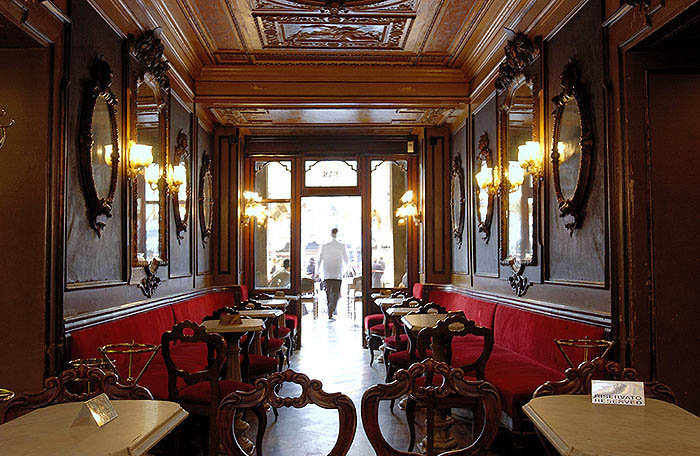
But as the story goes, back when coffee was introduced in the country, not everyone was fond of it. The Catholic Church allegedly disapproved of coffee because it came from the Islamic world. Some even called it the “Devil’s drink.” But after Pope Clement VIII tasted the aromatic beverage, he reportedly gave it his blessing, considering it better for people than alcohol. This boosted the popularity and diffusion of coffee.
Success
You are now signed up for our newsletter
Success
Check your email to complete sign up
As to the drink’s arrival in Naples, an Italian city known for its coffee culture, some say it was introduced as early as the 14 century for medicinal purposes.
Others say coffee was first made known in the city in 1614, when composer, musicologist, and author Pietro Della Valle who was at the time living in the Holy Land – the area between the Mediterranean and the eastern bank of the Jordan River – sent a letter to his friend Mario Schipano telling him of a dark drink Arab Muslims prepared in hot pots.
Intertwined with daily life
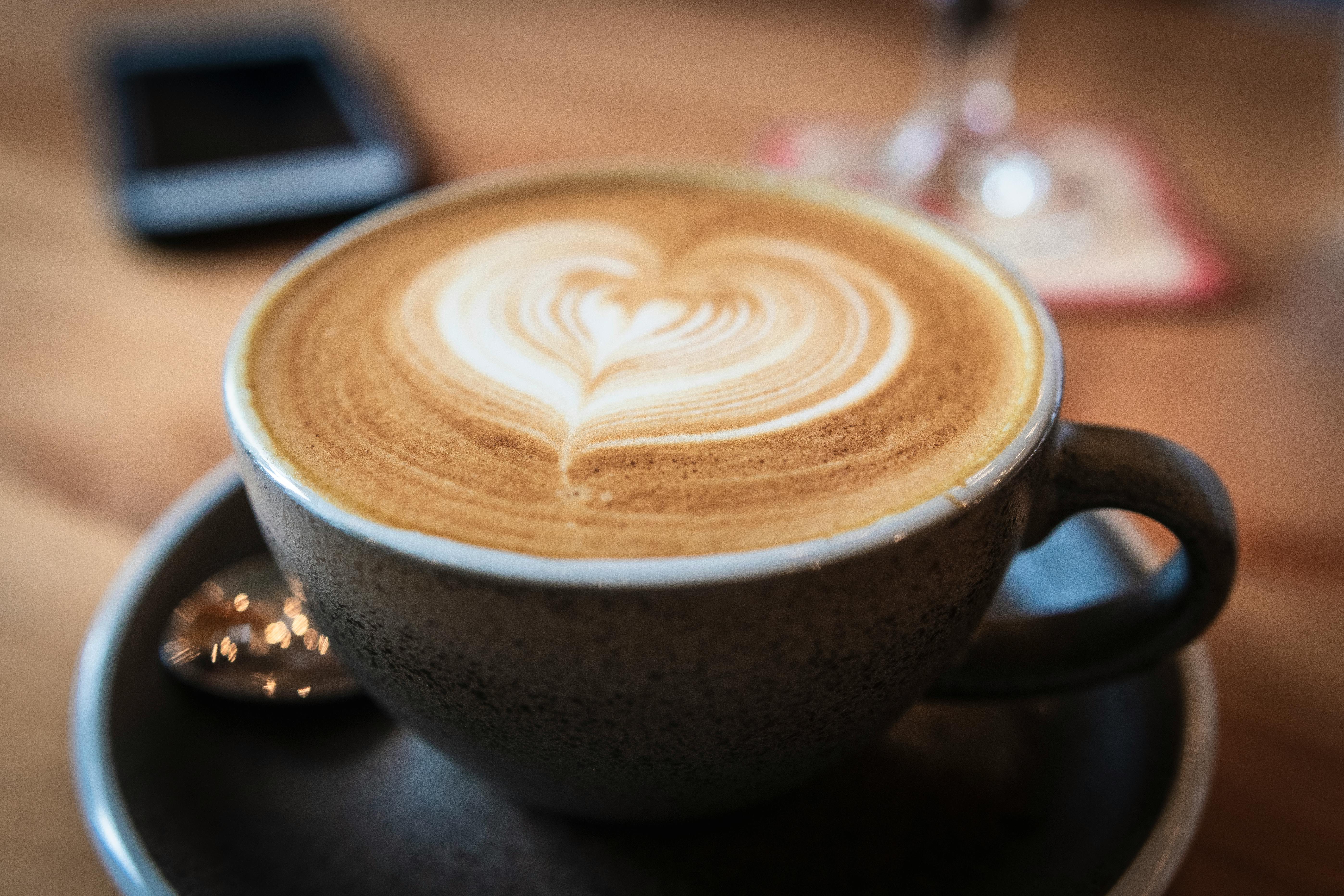
Italians love their coffee, and there are a few unwritten rules when it comes to enjoying a tasty brew. For starters, milk-based coffee is a morning staple, often enjoyed with breakfast. This includes cappuccinos, caffè lattes, and latte macchiatos. If someone orders one of these drinks in Italy after 12 p.m., they will quickly be labeled as a tourist.
Here’s a quick overview of what these drinks consist of:
- Cappuccino: Equal parts espresso, steamed milk, and foamed milk.
- Caffè latte: Espresso shot dissolved in steamed milk with a thin layer of foam.
- Latte macchiato: Steamed milk “marked” with coffee. It is prepared by pouring a shot of espresso over steamed milk, leaving something like a coffee stain on the surface of the drink.
Afternoons are the time for stronger, richer coffee, usually in the form of espresso shots, which Italians simply call “caffè.” Traditionally, these shots have no milk and contain little water, although variations are popular.
While espresso comes in double and triple shots, many Italians prefer to visit coffee houses several times throughout the day to enjoy one shot at a time.
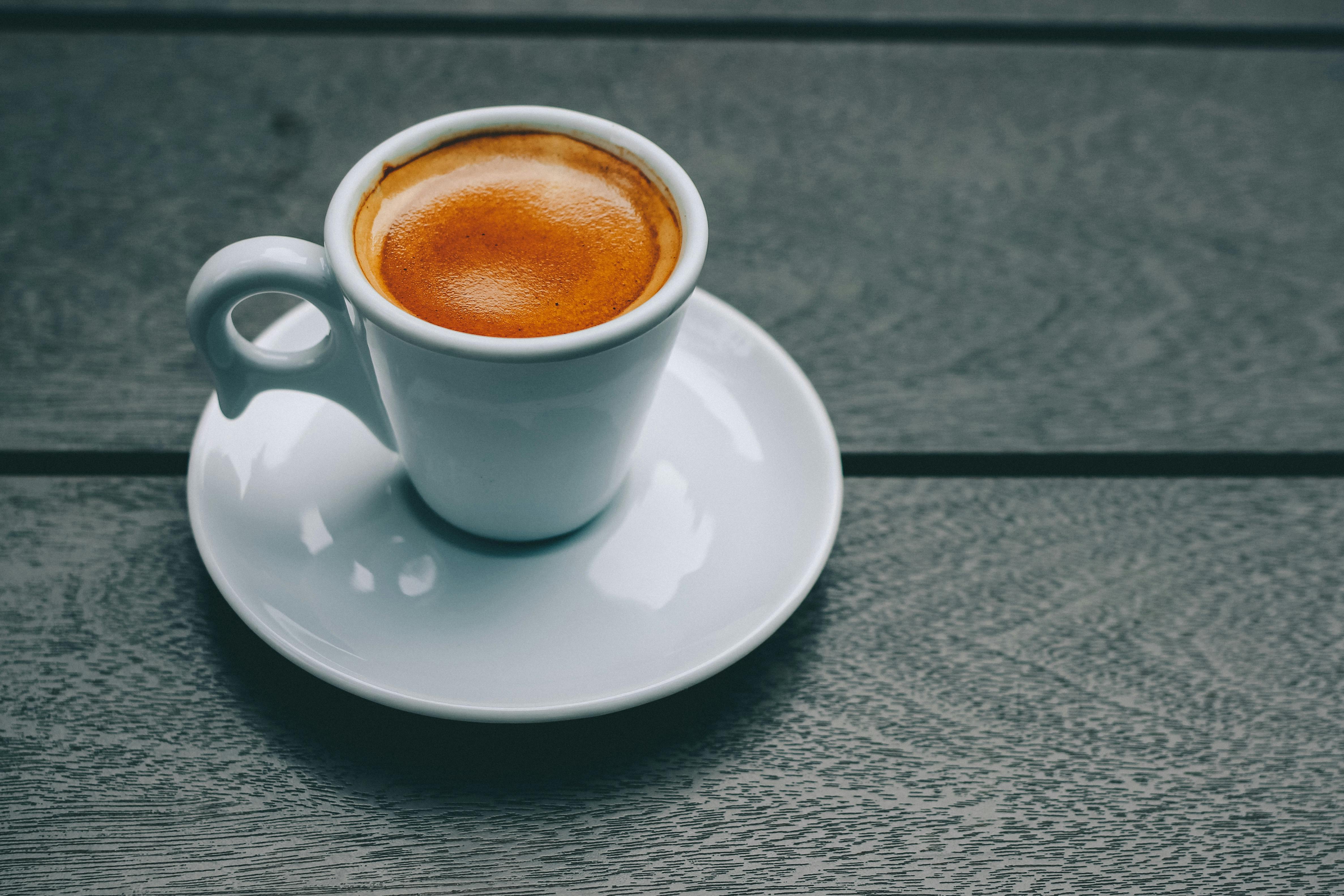
Common afternoon drinks include:
- Espresso: A small, concentrated coffee serving produced by forcing hot water under high pressure through finely-ground coffee. Serving size is typically 25-30 ml.
- Caffè Macchiato: Espresso shot with a dollop of steamed milk.
- Caffè Americano: Espresso shot diluted in plenty of hot water to resemble drip coffee.
- Caffè Lungo: Translated as “long coffee,” it is espresso made with twice as much water as a single shot.
Many Italians prefer to enjoy their coffee al banco or standing at the bar, rather than taking it to go. This allows them to enjoy the unique atmosphere of coffee houses and engage in conversation with either companions or strangers.
Coffee drinkers in Naples are known for a generous practice known as suspended coffee. It consists of ordering a coffee but paying for two, so that the next person that comes in will get a free drink. This anonymous act of charity is a cherished tradition throughout Italy, which some coffee shops and other food businesses have adopted in recent years to promote kindness.
Espresso: How Italy introduced caffè to the world
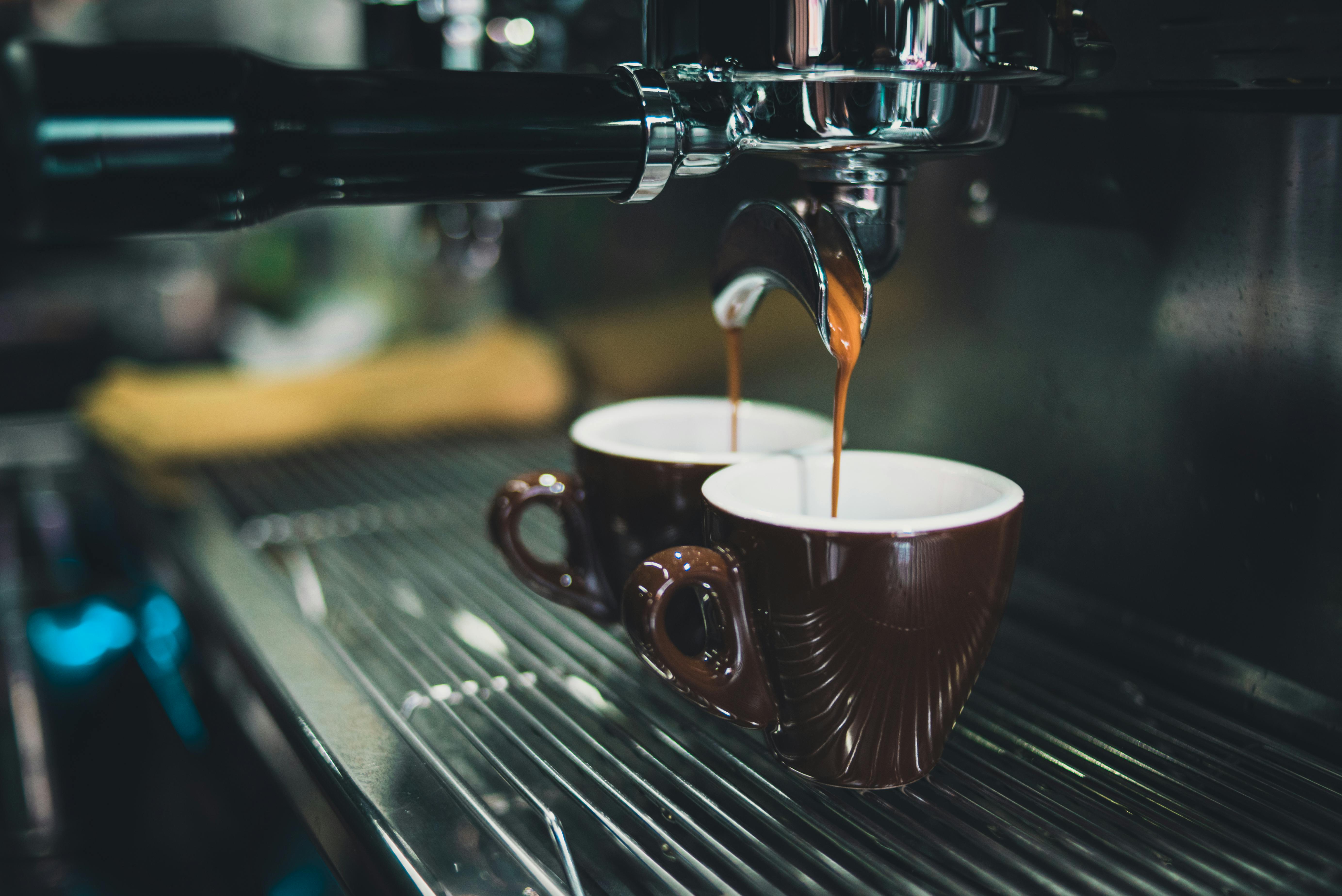
Before the 20th century, coffee preparation was limited to grinding beans and brewing them in hot water. Getting a richer, more concentrated concoction was in the plans, but the machinery wasn’t developed yet.
Italian Angelo Moriondo is considered the inventor of the first espresso maker. His innovative machine, patented in 1884, used steam and boiling water to brew coffee. But he was not a pioneer in the field. Other inventors, among them two Frenchmen and a German, had already devised machines to optimize coffee preparation, though their inventions were impractical.
Following Moriondo’s breakthrough, other Italian inventors brought improved versions of the machine to market, eventually resulting in the small, dark-bodied beverage with light-colored crema we know today.
Espresso spread to other countries, fueled by the appeal of its numerous variations. Foamy cappuccinos and creamy lattes became staples of coffee houses in places like North America, and syrups made the drinks even more varied and personal.
The taste and quality of espresso is determined by factors such as bean type, grind size, water temperature, pressure and the barista’s skills. Some coffee connoisseurs can identify aspects of espresso such as acidity, complexity and sweetness, but developing these skills is not essential to enjoy the brew.
By cherishing the smallest details of your coffee experience and valuing its history and significance, you will come to understand the Italians’ love for this drink, and even enjoy it as they do.





